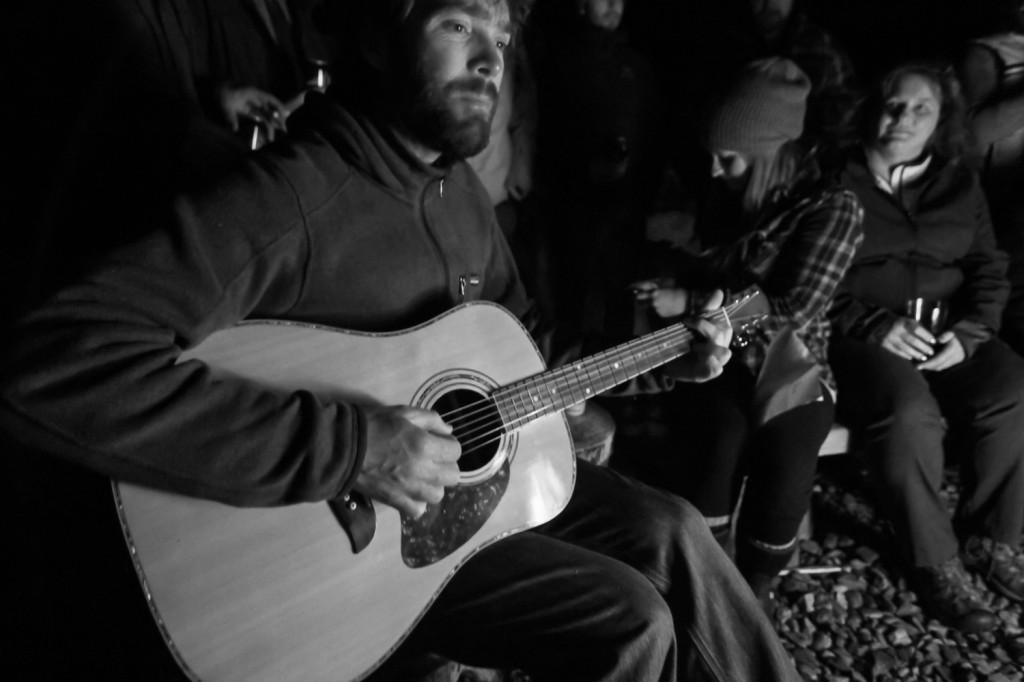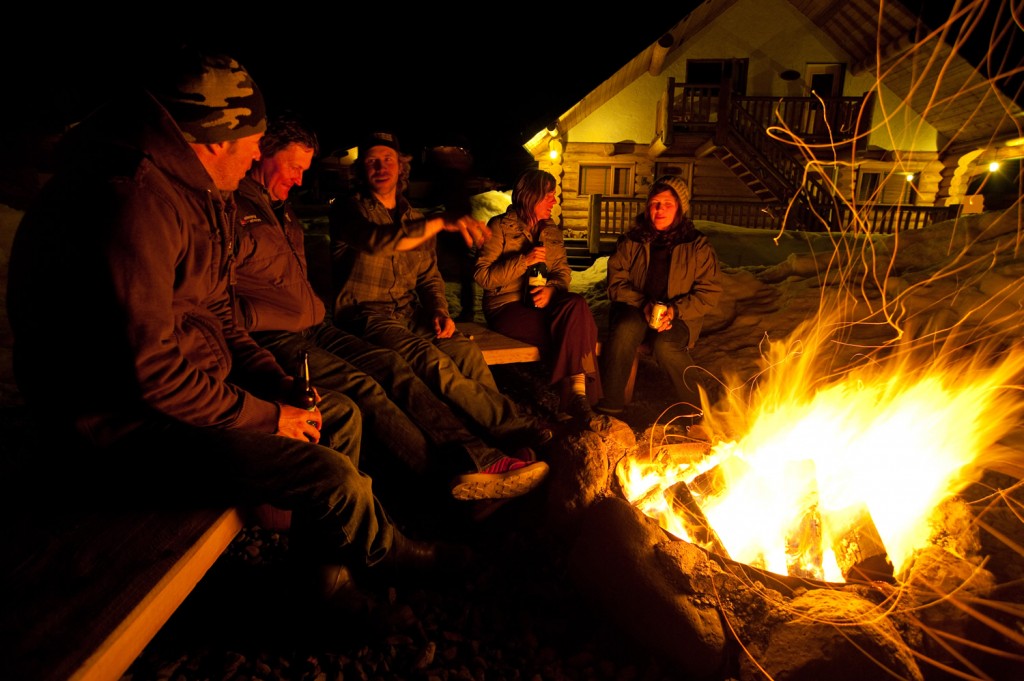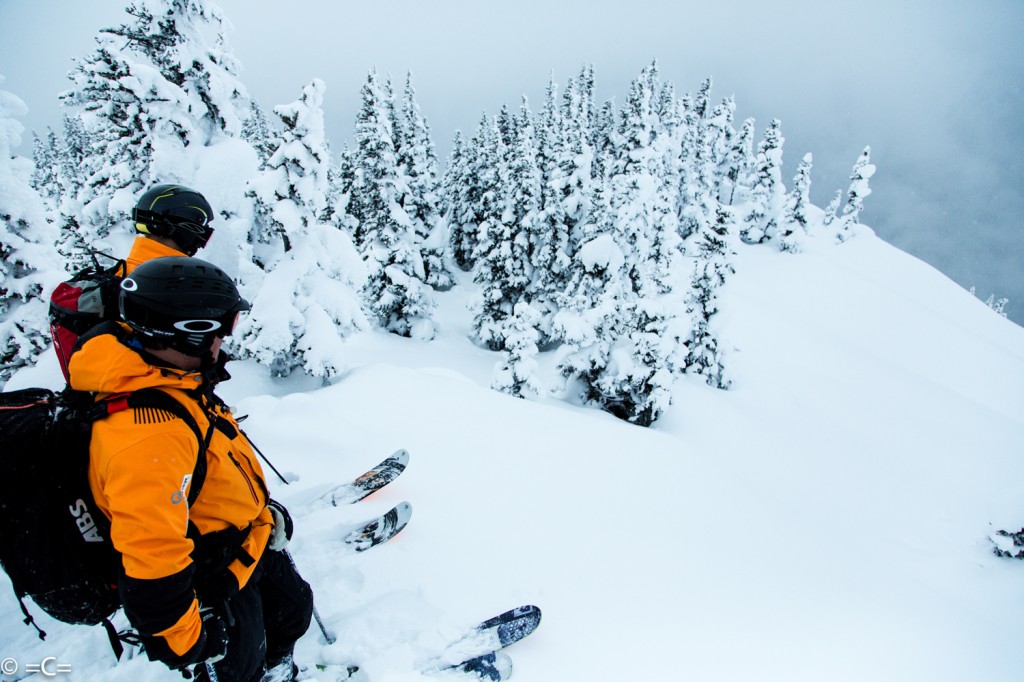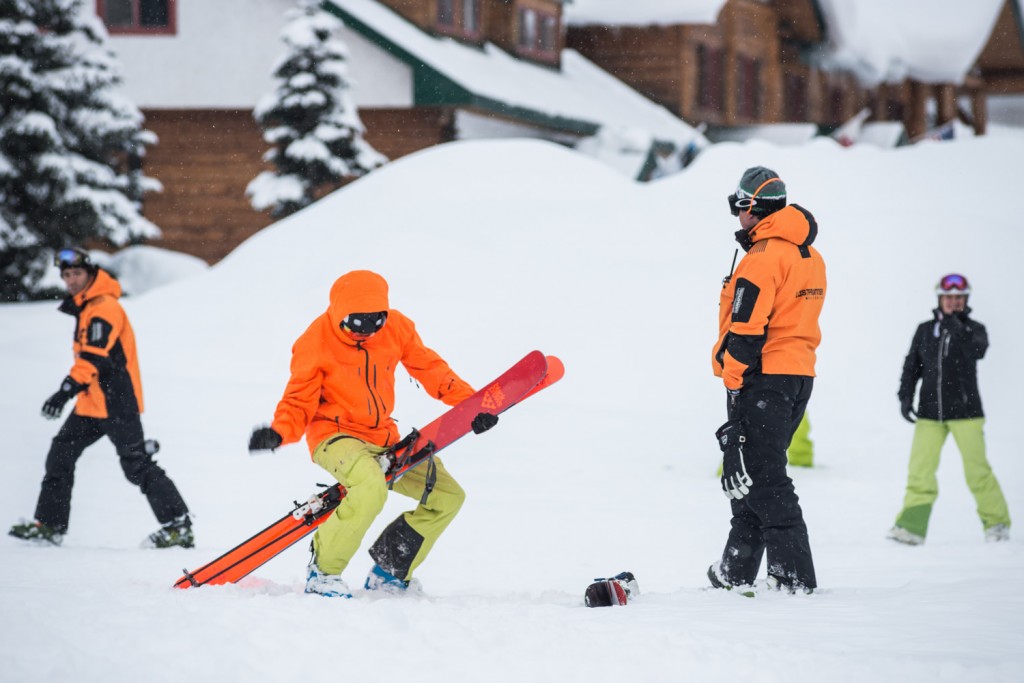The Controversies of the Running Season
It’s cross-training season, and you’re out pounding the pavement. The road is slightly harder than powder, but you tell yourself it’s good for muscle strength, endurance, cardiovascular benefits, blah blah blah. It’s running and – you get through it – so that you can keep your fitness up for the winter (which, crazily enough, you’re already thinking about). Seems simple enough: put the shoes on, go run around, come home, shower. So what’s all this forefront, heel strike, mid-foot, class action lawsuit controversy about?

As any passionate “recreationalist” would, you start looking deeper into the world of running. Turns out there’s more than a little bit of controversy: the forefoot strike vs. the heel strike, barefoot running vs. shoe running, eating before vs. eating after, core strength vs. quad strength, marathons vs. 5K, trails vs. roads…there’s almost as much debating in the running world as there is in the skiing world (or maybe more, you just haven’t paid attention all winter). How do you get running shoes that properly fit your needs?

Vibram USA, the company that made the FiveFingers running shoes, has just settled a Class Action lawsuit, paying up to $94 to each person that bought a pair, on the grounds that the company illegally obtained “an economic windfall” because it was advertising its shoes on false health claims. Claims that induced consumers to buy FiveFingers shoes, hoping for improved performance, ameliorated foot pain, and strengthened foot muscles. The idea behind the shoes was that they are built to simulate running barefoot – a running style that some say is a trend that will die out and that some argue is the only way to run to ensure a lifelong injury-free running habit. Controversy! Sounds a little bit like when parabolic skis first came on the scene.

Just like ski boots, running shoes have to battle the support debate of “too much vs. too little.” Too much support in the arch of a ski boot can result in your foot having less control; therefore, less kinetic force into your ski. This little support will have your muscles working overtime and your muscles screaming after a day on the planks. Skiers have their preferences of how much flex they want, where they want to position the bindings on their skis and how stiff of a ski they want. Running is similar. How much flex, how much cushion, how much support: these are all important questions to figure out so that your shoe can best fit your style of running.

Do you land mid-foot? Do you pull up onto your toes when you’re sprinting? Do you land on your heels when running downhill? Does your foot twist in our out? There is an art to finding the perfect running shoe fit, in the same way as there is to properly fitting a ski boot. This summer, don’t put your feet through what they have already been through last winter. (Like D’Arcy’s…)


